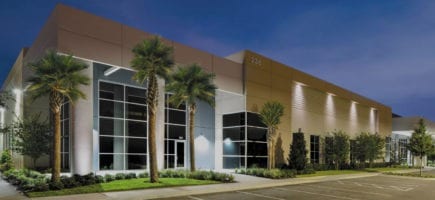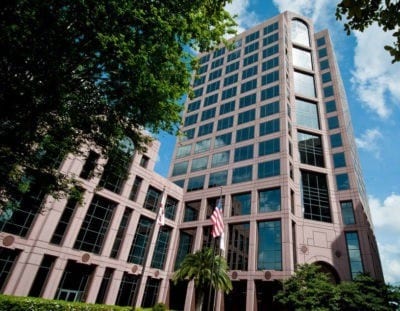Company News
Valcourt Group’s Evolution Continues with New Sub-brand Logo, Strategic Branding Initiative
The Woodlands, TX—The Valcourt Group, leaders in exterior building maintenance, restoration, waterproofing, and window cleaning, today unveiled a new sub-brand logo and strategic branding initiative that unifies and amplifies the...
Read MoreVickie (Adams) Hildestad Leads with Enthusiasm
Her "All In" Philosophy Means No Small Plans as She Approaches BOMA Jacksonville 2020 Presidency, Baptist Health Team Goals, & Life! Congratulations to Vickie Adams Hildestad, who is celebrating...
Read MoreBecome a 2019 Christmas Angel Sponsor!
Join A1 Orange in Making Christmas Brighter for Deserving Orlando & Jacksonville Children through The Salvation Army’s Angel Christmas Tree Program! Each Christmas season, The Salvation Army identifies deserving...
Read MoreKim Hill’s Key to Success: Ask Questions & Ask More Questions
Over her tenure at Banyan Street Capital's iconic Wells Fargo building located on the river in Jacksonville, FL, Kim Hill has worked through hurricane restoration and many large projects. A1...
Read MoreCuriosity, Humor, & Flexibility — A Great Combo: Brandon Ivy, LEED Green Associate
After you learn more about Brandon Ivy’s diverse career choices and outside interests/pursuits, you'll see that it’s not surprising that he finally pursued a career in building maintenance. For almost...
Read MoreLet’s Prepare District 5 Students For Back-to-School!
Join A1 Orange in Supporting District 5 Commissioner Regina Hill's Back-to-School Celebration! Do you remember how much fun it was to get new school supplies and clothes for back...
Read MoreProfessionalism On-the-Job and In the Saddle: Sheryl Frick, RPA
Nearly every property manager can identify with the image of a hero riding in to save the day as they "rescue" tenants from everyday property issues large and small. Tampa...
Read MoreEastGroup Team Talks TOBY’s
"One of the biggest myths about entering your building(s) for TOBY's is that it is very time consuming." Megan Tucciarelli, Property Manager, EastGroup Properties, Inc. Having won the BOMA...
Read MoreNew Foundry Team Takes on Gateway Center & TOBY Awards
"If you've going to manage a property, why not follow the comprehensive guidelines available in the TOBY judging criteria? It's a win for your team -- whether you win a...
Read More







